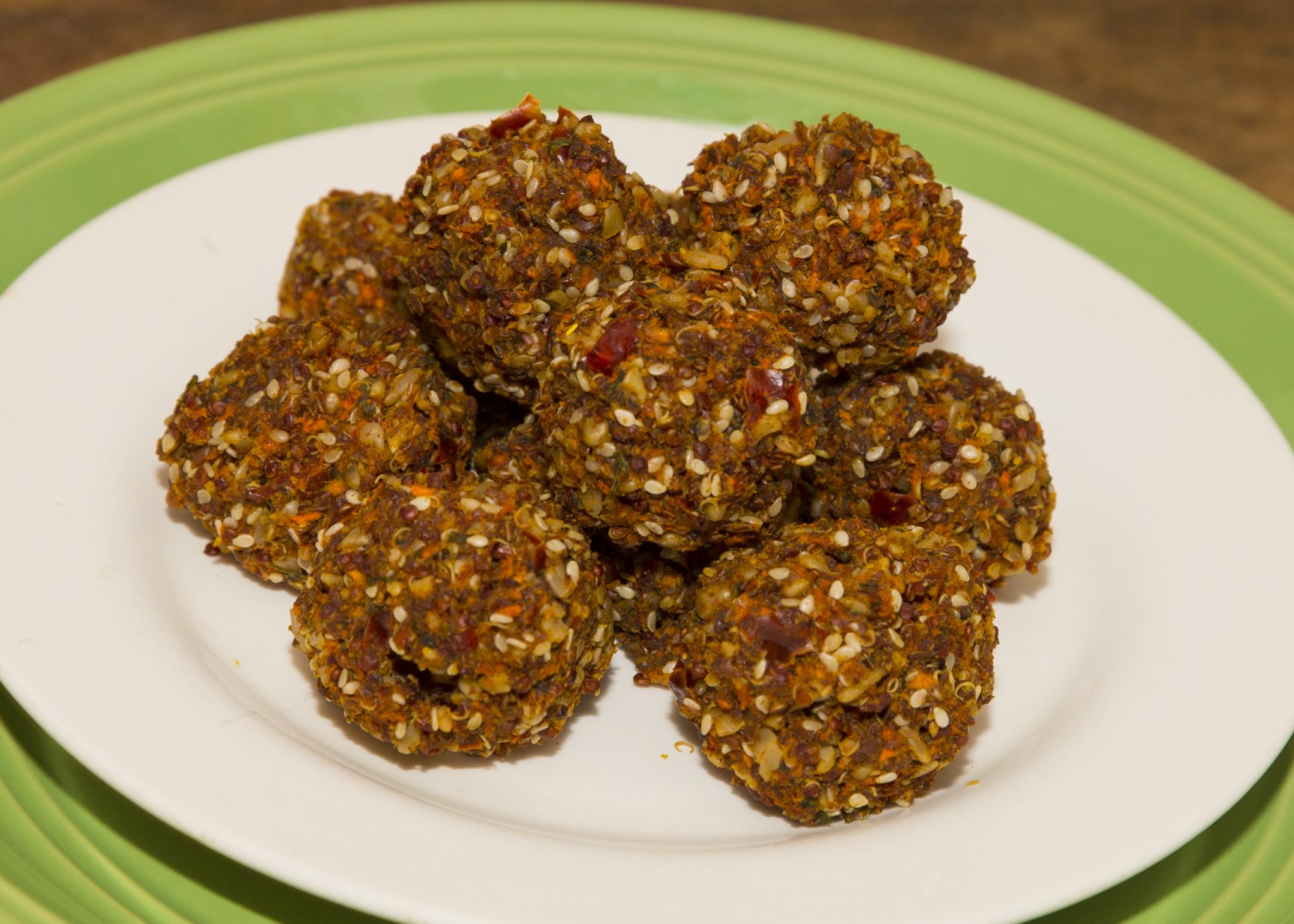When you hear the word “ferments” used in a conversation about food and beverage what’s the first thing that comes to mind? When I ask this question to groups I get all kinds of answers but most commonly the answers relate back to something with an alcoholic content. The sad truth is not many people in this day and age are familiar with fermenting foods and beverages for their probiotic value and storability.
If we go back even 100 years things were very different. Every culture had it’s own method for fermenting food to preserve it and though the probiotic value was not something they thought about, they experienced the health benefits. In some cultures fermentation is still the norm and thankfully in North America there has recently been a resurgence of interest in traditional fermentation methods as people realize the importance and health benefits to having cultured foods in their daily diet.
What Is Fermentation
Fermentation is the chemical transformation of organic substances into simpler compounds by the action of enzymes, complex organic catalysts, which are produced by microorganisms such as molds, yeasts, or bacteria. The process of fermentation was probably discovered by observing the changes in the juices of several fruits and other substances that had been kept for a day or more. It appears that fermentation technology started simultaneously with settled agriculture during the Neolithic period.
Fermentation is an inconsistent process, and is more of an art than a science. Commercial food processors have developed techniques to help standardize more consistent yields. These include pasteurization, which effectively destroys the naturally occurring probiotics. For example most pickles you see in stores are packed in vinegar and pasteurized therefore providing no probiotic value.
Lacto-fermentation refers to the process of using bacteria to culture. It’s a microbial process using beneficial bacteria including Lactobacillus and Bifidobacterium and other lactic acid bacteria (LAB) (more commonly known as probiotics), which thrive in an anaerobic fermenting environment. One of the most commonly known foods using this process is sauerkraut.
Many people use multiple cultures for different kinds of ferments. Personally I like to keep it simple. I make and use water kefir for most processes.
Water Kefir
Water kefir is much easier, less time consuming, more forgiving and pleasant tasting than kombucha. It’s also easier to use as a culture base for other things such as breads. Water kefir is made from kefir grains, also known as sugar grains, tibicos or tibi. The grains make up cultures of various strains of healthy bacteria and yeast that are held together in a polysaccharide matrix that’s created by the bacteria. Note that these have no relation to grains such as wheat, rice etc from the food world; grains is only used to describe how they look.
You can start them from live or dehydrated grains. If you know a friend who makes water kefir and can get live grains from them, great. If not then I recommend getting dehydrated ones from Cultures For Health. They have detailed instructions on how to get started, how to activate them, feed your kefir and troubleshoot if you need it. Their customer support is first class.
What To Do With Water Kefir
These are some of my favorite uses for water kefir:
- drink after the first ferment as a probiotic beverage
- make “sodas” by doing second ferments with fresh pressed or pureed fruit, ginger juice
- use as the culture for beet kvass
- use as the culture added to soak water for seeds, nuts, legumes, grains before sprouting
- use as the culture for breads using sprouted spelt, einkhorn, sprouted rye, sprouted kamut
- use as the culture to soak coconut flour in
Adding water kefir to your habits and routines is a fabulous way to get healthy probiotics in which in turn support health in your gut and brain. There are more probiotics in your homemade water kefir than most over the counter probiotics and isn’t it fun when you can say “I made it myself!”?
Enjoy!







